59-Amazing Nile cruise from Hurghada
Duration
1 Day
Max people
30
Min Age
5
Pick up
Hotel
Overview
Enjoy an amazing Nile cruise from Hurghada on the Nile River between Luxor and Aswan and enjoy relaxing 5-day Nile cruises, you will discover many archaeological treasures, take the opportunity to enjoy a wonderful experience accompanied by an expert tour guide for 4 nights / 5 days Nile cruise from Hurghada to discover the ancient Egyptian civilization along The Nile Valley, where you will visit Luxor Temple, Karnak Temple, Valley of the Kings, Queen Hatshepsut Temple, then sail to Edfu Temple and Kom Ombo Temple. Finally visit the Aswan High Dam, the Unfinished Obelisk and the Temple of Philae, then we take you back to Hurghada.
The Great Temple of Amon at Karnak,This great national monument of Egypt has no equal. It is not a single temple, but temple within temple, shrine within shrine, where almost all the pharaohs, particularly of the New Kingdom, wished to record their names and deeds for posterity. Though most of the structures were built in honour of Amon-Ra, his consort Mut and son Khonsu, there were numerous shrines within the complex dedicated to what might be called “guest deities’, like Ptah of Memphis and Osiris of Abydos.
The mortuary temple of Hatshepsut is a mortuary temple built during the reign of Pharaoh Hatshepsut of the Eighteenth Dynasty of Egypt. Located opposite the city of Luxor, it is considered to be a masterpiece of ancient architecture.Its three massive terraces rise above the desert floor and into the cliffs of Deir el-Bahari. Her tomb, KV20, lies inside the same massif capped by El Qurn, a pyramid for her mortuary complex.
The Valley of the Kings is located on the west bank of the Nile River near Luxor. It is the most famous site for having unique collections of tombs and breathtaking ancient ruins. That location makes it one of the hottest spots for exploring ancient Egyptian history. The richness of the findings here in the Valley of the Kings has kept archeologists busy for nearly two centuries. If all of the tombs here were open to visitors it would be nearly impossible to actually make it to all of them, but thankfully the possibility of such a huge task is eliminated for you.
Luxor Temple This beautiful temple was built on the east bank of the Nile by Amenhotep III, “The Magnificent’. With his wife Queen Tiy, whom he dearly loved, he ruled Egypt during the peaceful and stable 18th Dynasty. The temple was dedicated to the Theban triad: the great god Amon-Ra, his wife Mut, and their son Khonsu.
![]() Edfu temple is the most impressive one among all Nile temples between Luxor and Aswan. It is located in Edfu city, which is located 60 km north of Aswan on the west bank of the Nile River in Upper Egypt. It was established during the Ptolemaic Kingdom between 237 and 57 BC. Edfu temple was the center of the cult of a triad of gods. Edfu city was known in the Greek documents as, “Apollopolis Magna”. The reason behind this was that Horus was identified by the Greeks with their god Apollo. Edfu flourished a lot in the ancient era and the most important touristic landmark in it is Edfu Temple. It dates back to the Ptolemaic period.
Edfu temple is the most impressive one among all Nile temples between Luxor and Aswan. It is located in Edfu city, which is located 60 km north of Aswan on the west bank of the Nile River in Upper Egypt. It was established during the Ptolemaic Kingdom between 237 and 57 BC. Edfu temple was the center of the cult of a triad of gods. Edfu city was known in the Greek documents as, “Apollopolis Magna”. The reason behind this was that Horus was identified by the Greeks with their god Apollo. Edfu flourished a lot in the ancient era and the most important touristic landmark in it is Edfu Temple. It dates back to the Ptolemaic period.
Kom ombo temple was built 180 years ago (B.C)by the Ptolemaic dynasty during the Roman invasion, what’s so special about the temple of Kom ombo that it stands right on the river bank between Edfu and Aswan which makes it a wonderful stop station for Nile cruises and a main highlight of Aswan attractions .the temple is dedicated to two gods, Sobek the crocodile god and Haroeris (the falcon .god Horus), it is weird for any Egyptian temple to be set up for two gods ,it’s just unusual to have double dedication
Aswan High Dam, rock-fill dam across the Nile River at Aswān, Egypt, completed in 1970 (and formally inaugurated in January 1971) at a cost of about $1 billion. The Aswan High Dam yields enormous benefits to the economy of Egypt. For the first time in history, the annual Nile flood is under human control. The dam impounds the floodwaters, releasing them when needed to maximize their utility on irrigated land, to water hundreds of thousands of new hectares, to improve navigation both above and below Aswān, and to generate enormous amounts of hydroelectric power (the dam’s 12 turbines can generate 10 billion kilowatt-hours annually). The dam’s reservoir also supports a fishing industry.
The Unfinished Obelisk is a granite would-be monument that was never finished. It is one of the most important archaeological finds in Egypt for the insight it has provided into ancient stonemasonry methods
The tiny island of Philae, a mere 450 metres long and less than 150 metres wide, captured the imagination of countless travellers to Egypt from early times. It was famed for its beauty and was known as the “Pearl of Egypt’. Plants and palm trees grew from the fertile deposits that had collected in the crevices of the granite bedrock. Gracious Graeco-Roman temples and colonnades, kiosks and sanctuaries rose proudly against the skyline. There was a sense of mystery. Not furtive, in violate secrets, so much as veiled mystification.
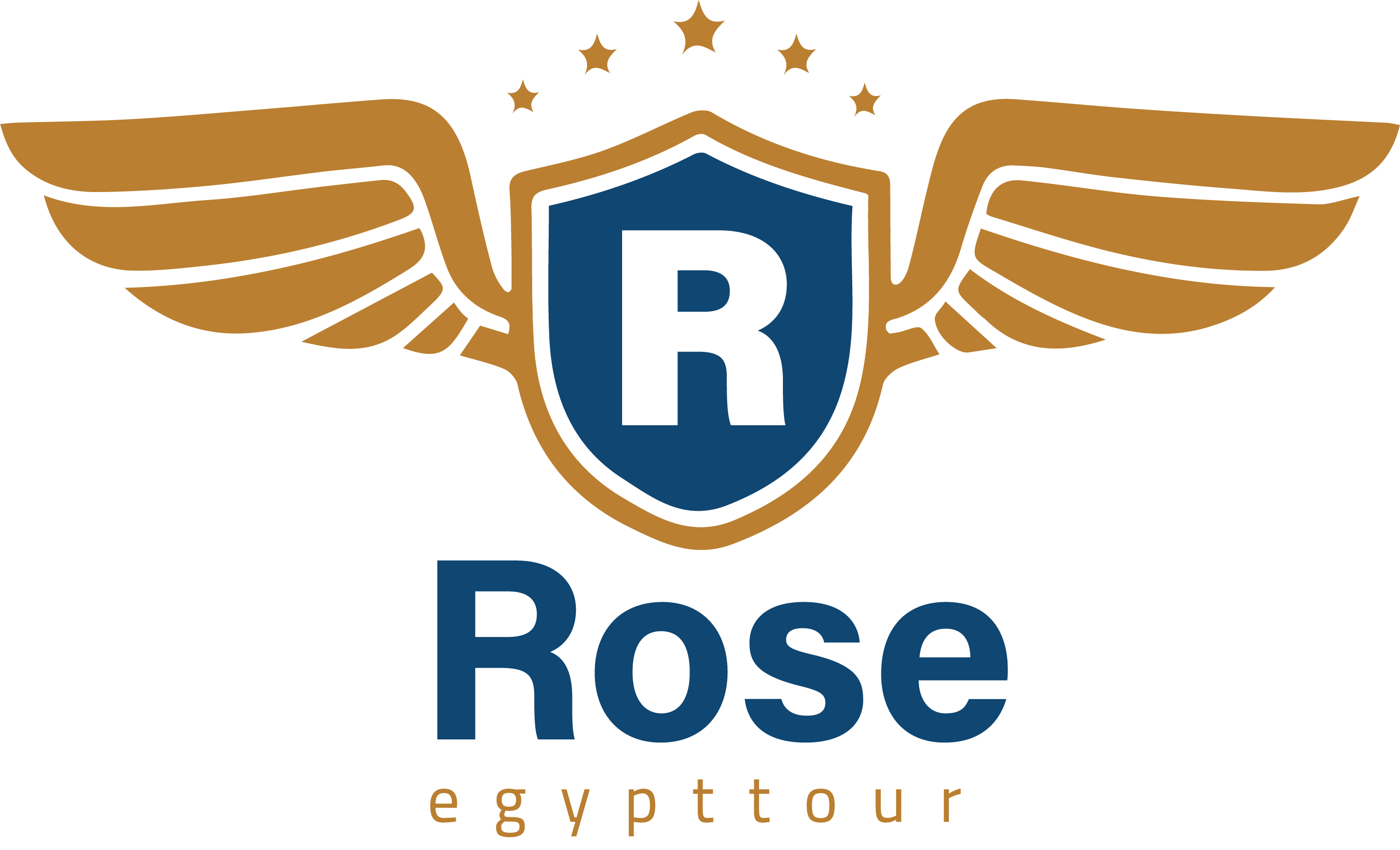


















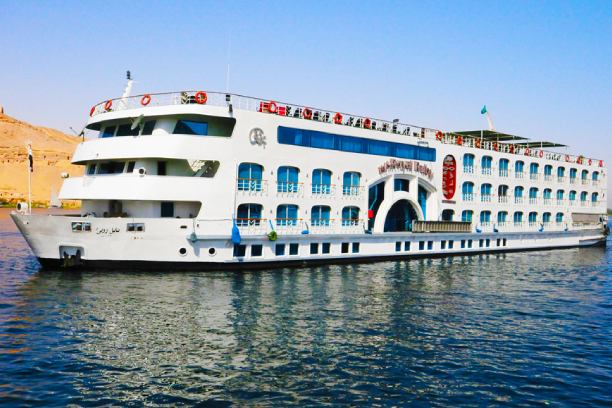
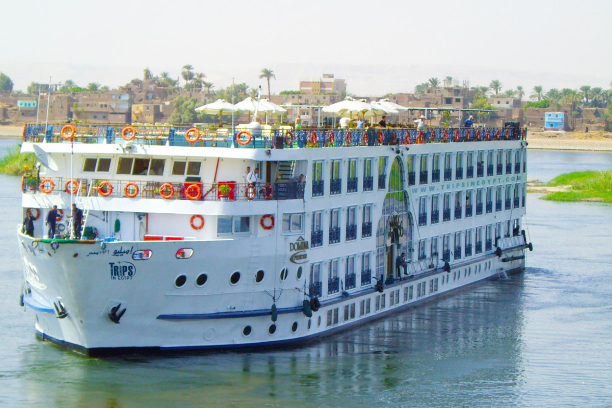


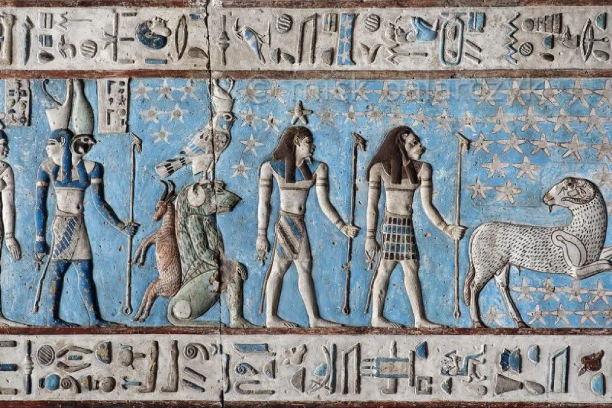
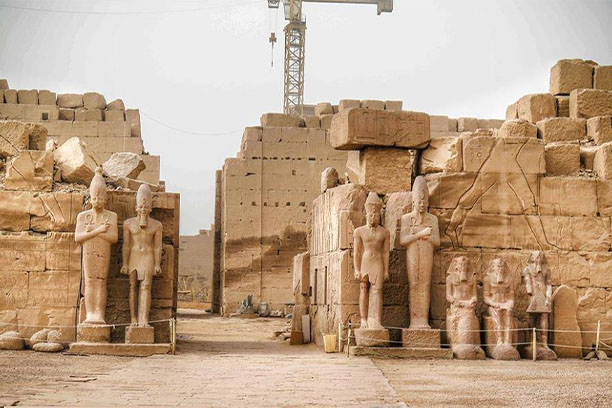

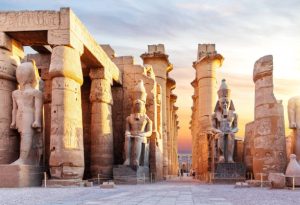
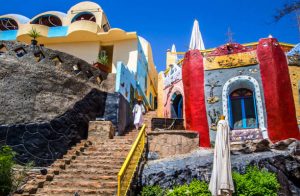


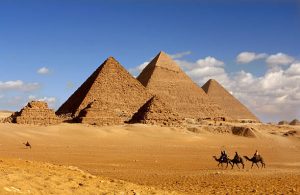

Reviews
There are no reviews yet.